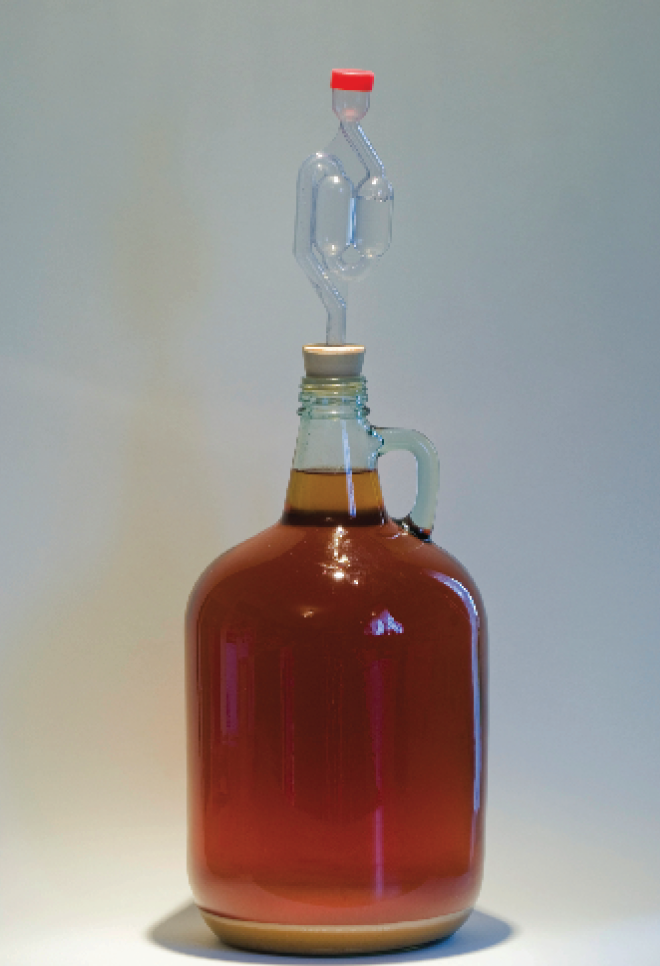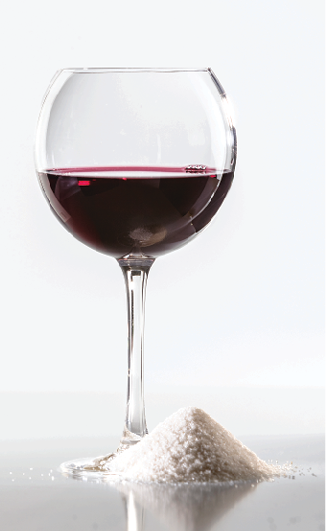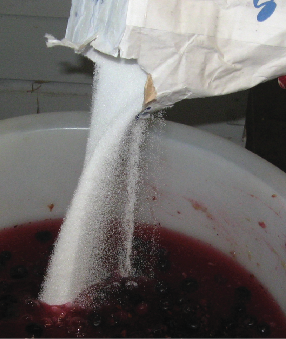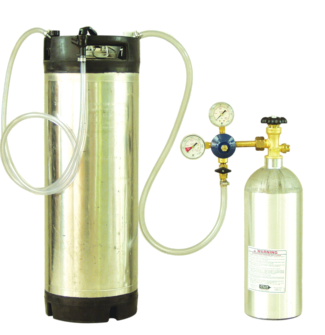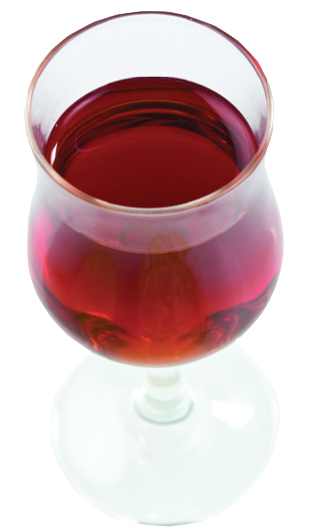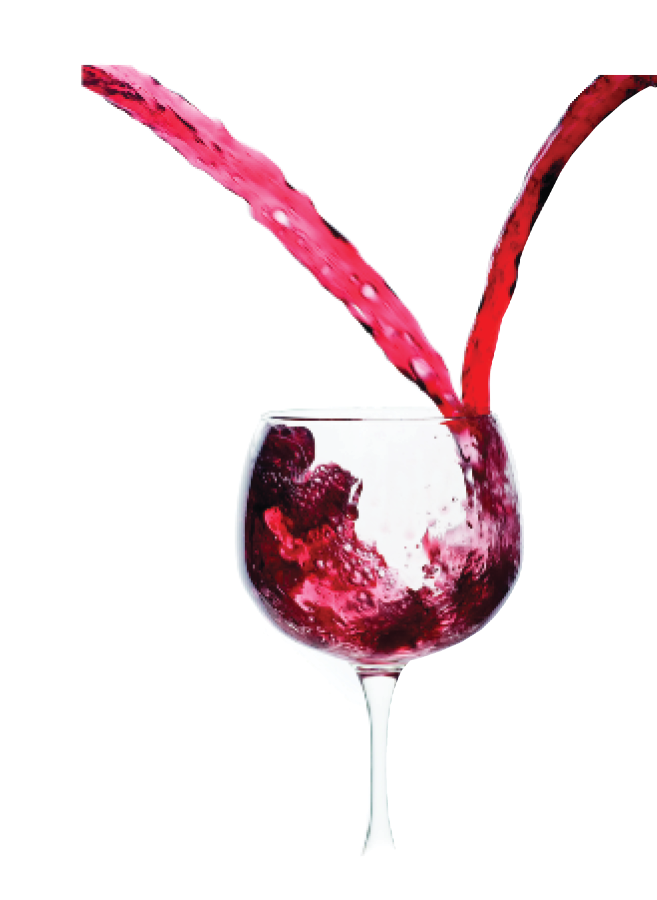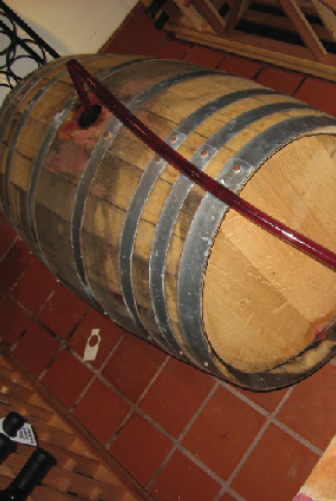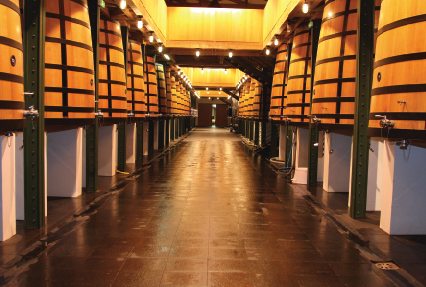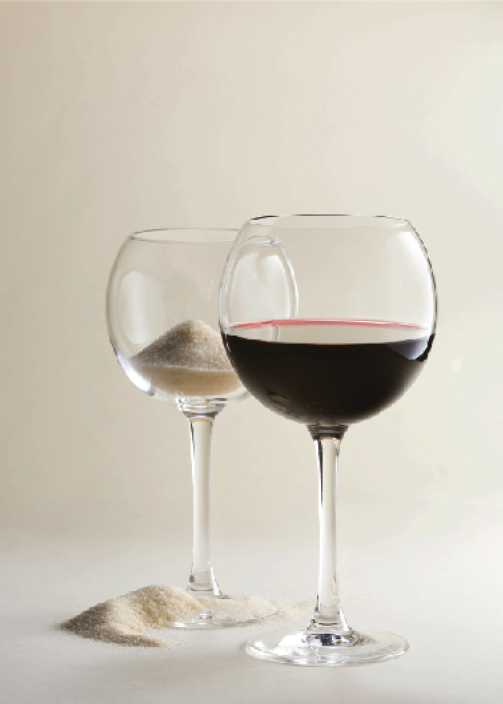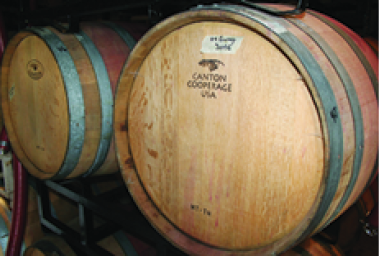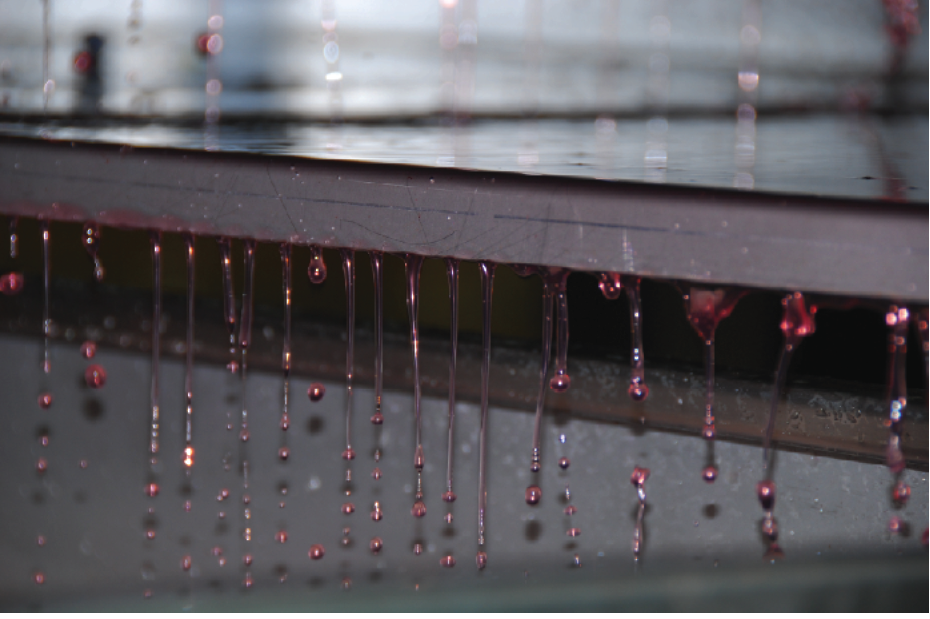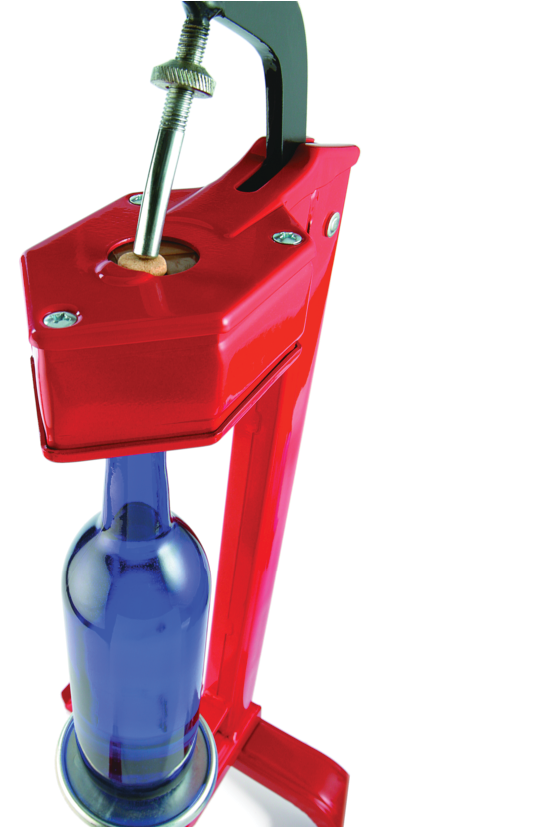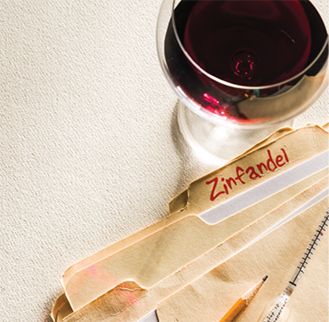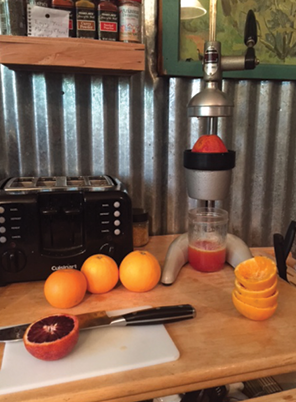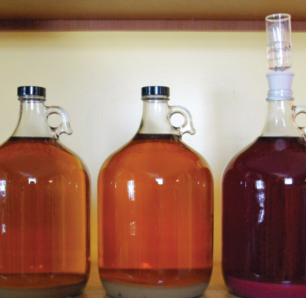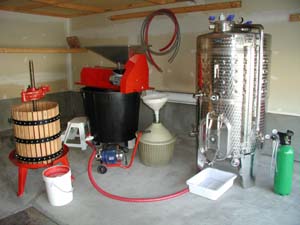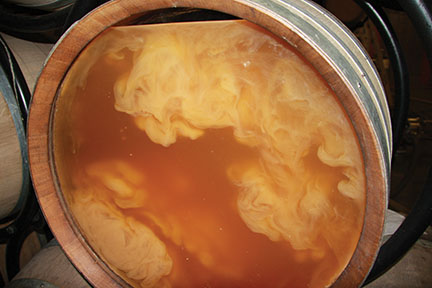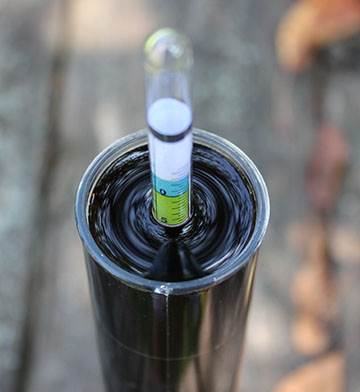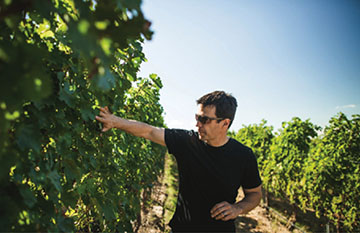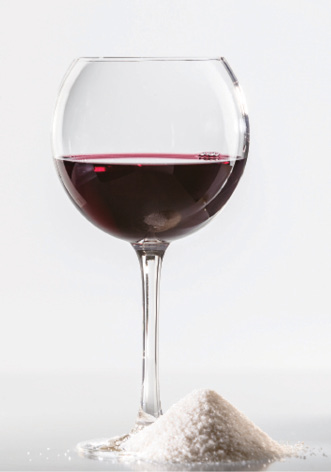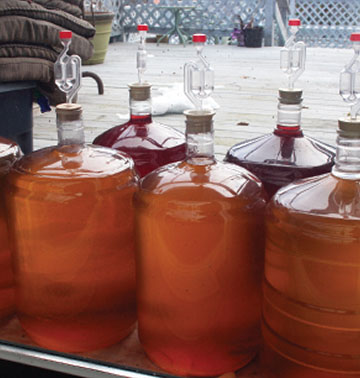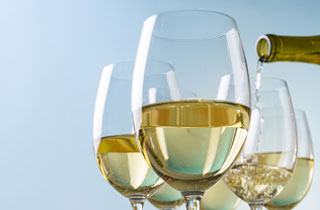Topic: Techniques
Small Batch Winemaking Techniques
Making wine in small batches, usually from 3 to 5 liters (3 to 5 quarts), is both easier and at the same time more exacting than making wine in much larger batches.
Big Batch Winemaking Techniques
Are you ready to move up from small batches of wine? In this article we are going to discuss the specifics of making “big” batches of wine — that is, 10 gallons
Back Sweetening Wine Techniques
In ancient Greece and Rome, honey was sometimes stirred into wine just before serving. Maybe they just liked the taste of honey. More likely, though, the sweetness of the honey corrected some
Chaptalization and Fermentation
Jean-Antoine Chaptal lacked one major benefit we enjoy today: The work in microbiology by Louis Pasteur. (Chaptal lived from 1756 to 1832 and Pasteur lived from 1822 to 1895.) Chaptal was, nonetheless,
Kegging Your Wine
While kegged wine has become fairly common in some bars, home winemakers still traditionally bottle. Learn some of the basics to kegging your wine.
Making Fortified Wine
The word “fortified” is prohibited on commercial wine labels in the United States. Yet we are surrounded by a fascinating array of fortified wines when we visit a good wine shop. Fortified
Award-Winning Red Wine Blends Roundtable
Five top medal winners from the WineMaker International Amateur Wine Competition share the secrets of their red wine blending success.
Maintaining a Home Wine Cellar
Here are some tips and suggestions on cellaring your homemade wine and maintaining the cellar itself. The cellar “The cellar” has a wide range of interpretations for home winemakers. If you have
Oxidation in Winemaking
The early signs of oxidation are orange to brown colors developing in your wine. In white wine, the same exact wine (pictured above) can go from white (left) to brown (right) if
Winemaking Tips from Bordeaux
Bordeaux. The mere mention of the name conjures up images of centuries-old chateaus, pristine vineyards and superlative wines that have set the highest standards the world over. Bordeaux wine styles are the
Adding Sugar to your Wine
Step 1: Measuring What You Have The first step in figuring out how much sugar to add is to find out how much is present in the starting material/juice. These days, most
Bulk Wine Aging
There is more to cellaring bulk wine than meets the eye. Throughout the aging process, the winemaker is on a tightrope walk between intervening to prevent and correct problems while remaining relaxed enough to let good wine evolve naturally.
Rosé Techniques Roundtable
Asking a winemaker if they make rosé should be like asking a winemaker if they drink beer. The two beverages, pink wine and a tasty lager, belong in any cellar and in
Bottling Your Wine
As renowned French wine scientist Emile Peynaud wrote, “Bottling is a very stressful operation for a wine and the enological problems it causes are numerous: Considerable oxygen uptake, keeping out microorganisms and
Storing Wine Ingredients
Make wine at home for a few years and you will probably accumulate a lot of stuff. Pieces of equipment join the collection as the needs and resources come up. Consumable supplies
Zinfandel Wine Case Study
You’ve heard over and over the importance of taking notes during winemaking. But what do you do with those findings? Follow along with the process of a professional winemaker to find out.
Balancing Fruit and Sugar in Country Wines
Bob Peak digs into how much sugar is needed to get the desired alcohol level, and how much fruit is needed to offer a pleasing profile and aroma, flavor, and appearance when making country wines.
Split Batch Wine Kit Experiments
When we tackle a big project it isn’t the immediate effort that pays off, but all of our work combined into one glorious enterprise. It’s the same with winemaking: A single effort
Small Space Winemaking Techniques
In large wineries, functional spaces are usually separated. There may be a crush pad, one or more fermentation rooms, and a cellar or cave for barrel aging. Most of us at home
Sur Lie Aging & Bâttonage
An introduction to sur lie aging and why you may want to consider it for your next batch.
Restart Stuck Fermentations
All home winemakers wish — and strive — for fermentations that go smoothly and completely to the desired finish, usually dry wine. When things go wrong, a frequent problem is a stuck
Lessons from Somms Who Make Wines
These three world-class sommeliers have taken the leap from designing restaurant wine programs and recommending bottles to growing grapes and making award-winning vintages of their own.
Post-Fermentation Wine Adjustments
Our job isn’t finished when fermentation is over. With many wines, especially reds, you may want to go ahead and do a malolactic (ML) fermentation as well. And during cellaring you need
Protein Stabilization
Get hot tips for protein stabilization.
Making White Wines from Red Grapes
As I started working on this story, a surprising question occurred to me: “What makes wine white?” “The color” seems obvious when you look at a restaurant wine list or walk up
